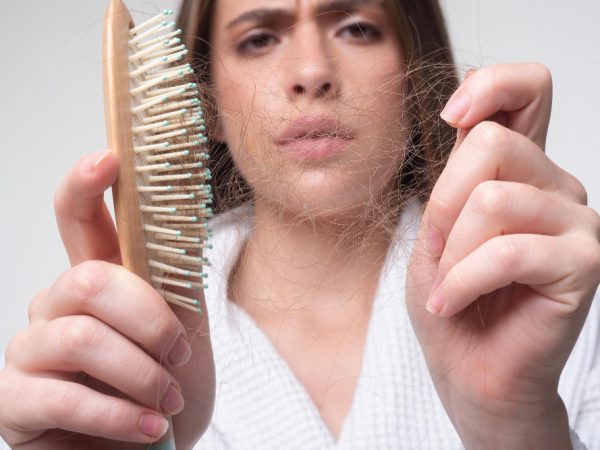Hair shedding is a common issue that affects many people, causing frustration and annoyance as strands of hair accumulate on floors, furniture, and clothing. While some degree of shedding is normal, excessive shedding can be a cause for concern. In this article, we’ll explore effective strategies for reducing and preventing hair shedding to help you maintain a clean and tidy environment and keep your hair looking healthy and vibrant.
Understanding the Hair Growth Cycle
Before diving into how to stop hair shedding, it’s essential to understand the hair growth cycle. Hair goes through three primary phases: the anagen phase (growth phase), the catagen phase (transitional phase), and the telogen phase (resting phase). Shedding occurs naturally during the telogen phase when old hairs are shed to make way for new growth. While shedding is a normal part of the hair growth cycle, factors such as genetics, hormones, diet, and lifestyle can influence the rate and intensity of shedding.
The Foundation for Healthy Hair
Maintaining a consistent and effective hair care routine is essential for minimizing shedding and promoting healthy hair growth. Start by choosing gentle and nourishing hair care products that are suitable for your hair type and concerns. Avoid harsh shampoos and conditioners that strip the hair of its natural oils and contribute to dryness and breakage. Additionally, limit the use of heat styling tools, such as blow dryers and flat irons, as excessive heat can weaken the hair shaft and increase shedding.
Fueling Your Hair from Within
Nutrition plays a crucial role in hair health and shedding prevention. Ensure that your diet is rich in essential vitamins, minerals, and nutrients that support hair growth and strength. Focus on consuming foods high in protein, iron, omega-3 fatty acids, vitamins A, C, and E, and biotin. These nutrients help nourish the hair follicles, promote healthy hair growth, and reduce shedding. Incorporate plenty of fruits, vegetables, lean proteins, whole grains, and healthy fats into your diet to support optimal hair health from the inside out.
Minimizing the Impact of Emotional Factors
Stress and anxiety can exacerbate hair shedding by disrupting the hair growth cycle and triggering hormonal imbalances. Practice stress management techniques such as meditation, deep breathing exercises, yoga, or regular exercise to help reduce stress levels and promote relaxation. Additionally, prioritize self-care activities that bring you joy and relaxation, such as spending time outdoors, engaging in hobbies, or spending quality time with loved ones. By managing stress effectively, you can help minimize the impact of emotional factors on hair shedding.
Nurturing the Foundation of Healthy Hair
A healthy scalp is essential for maintaining strong and vibrant hair and reducing shedding. Keep your scalp clean and free of buildup by washing it regularly with a gentle shampoo. Exfoliate your scalp occasionally to remove dead skin cells and promote circulation. Additionally, incorporate scalp massages into your hair care routine to stimulate blood flow to the hair follicles and encourage healthy hair growth. Treat any scalp conditions, such as dandruff or psoriasis, promptly to prevent them from contributing to hair shedding.
Taking Control of Hair Shedding
In conclusion, while some degree of hair shedding is normal, excessive shedding can be frustrating and concerning. By understanding the factors that contribute to hair shedding and implementing effective strategies for prevention and management, you can take control of your hair health and minimize shedding. From maintaining a proper hair care routine to prioritizing nutrition, stress management, and scalp health, there are many steps you can take to keep your hair looking its best and reduce shedding for a clean and tidy appearance.




